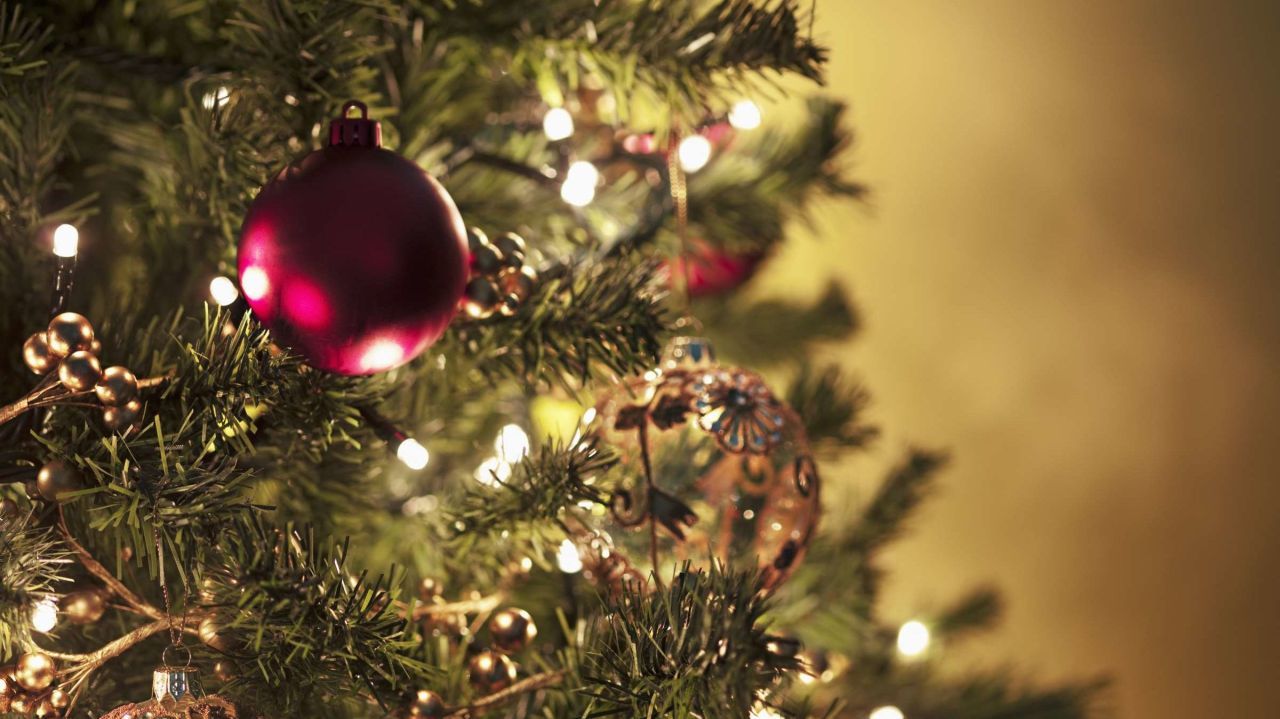1. THE EARLY CHRISTIAN CHURCH DID NOT LIKE CHISTMAS TREES.
Evergreen trees used to be seen as pagan symbols that had no place in a religious celebration. As far back as 1647, preacher Johann Conrad Dannhauer of the Strasbourg Cathedral criticized trees as “child’s play” that were getting more attention “than the word of God and the holy rites.” In North America’s Plymouth Colony, Puritan governor William Bradford railed against the tree’s “pagan mockery.” The trees’ connection with the celebration of the winter solstice, which generally fell on December 21 or 22, was seen as antithetical to a proper Christian gathering. But as the tradition persisted, church leaders decided that if they couldn’t beat the decorated trees, they would adopt them as part of their own Christmas celebrations. ...
... 6. CHRISTMAS TREES CAN BE EXTREMELY DANGEROUS.
From their earliest days, Christmas trees have been fire hazards. Before electric lights were introduced, many families set open candles on their trees to illuminate them, which meant that each Christmas morning, the newspapers included stories of homes going up in flames when the branches ignited. Even when families abandoned the obvious hazard of open flames on the trees, the conifers could still cause major trouble once they dried out. In Philadelphia in 1878, Christmas trees caused two fires on the same street, first when a gas jet ignited a tree in a brownstone, then later that day when a dressmaker’s in-store tree went up. Today, trees can still pose a hazard if they are allowed to dry out. ...
... 10. SCIENTISTS ARE TRYING TO BUILD A BETTER CHRISTMAS TREE.
All those pine needles that accumulate below the tree each day may one day be a thing of the past. Washington State University plant pathologist Gary Chastagner, also known as “Mr. Christmas Tree,” led a five-year, $1.3 million research project partly aimed at helping Christmas trees retain their needles for longer. Chastagner and a team of researchers collected tree samples from farms throughout the country. They tested which were the most resistant to root rot and had the strongest needle retention, then sourced those for seeds to plant the next crop of Christmas trees.
11. CHRISTMAS TREES ARE VERY THIRSTY.
Each day, Christmas trees need a minimum of one quart of water per inch of diameter at their base. That’s far more water than many tree stands on the market are able to hold. In a test of 30 tree stands, Chastagner found that only two could contain enough water for all the tree sizes they were supposed to hold. About a quarter of them couldn’t even accommodate the hydration needs of the smallest tree they could hold. (In 2007, Chastagner tested whether Christmas trees could be hydrated with an I.V. drip, but that worked even less effectively than a traditional tree stand.)

